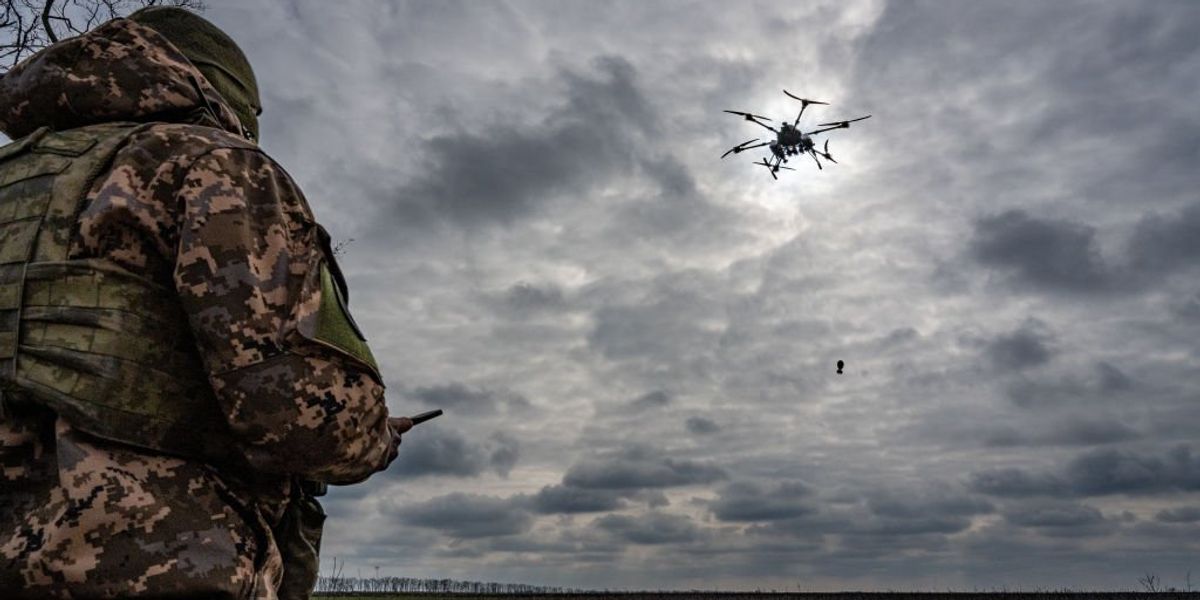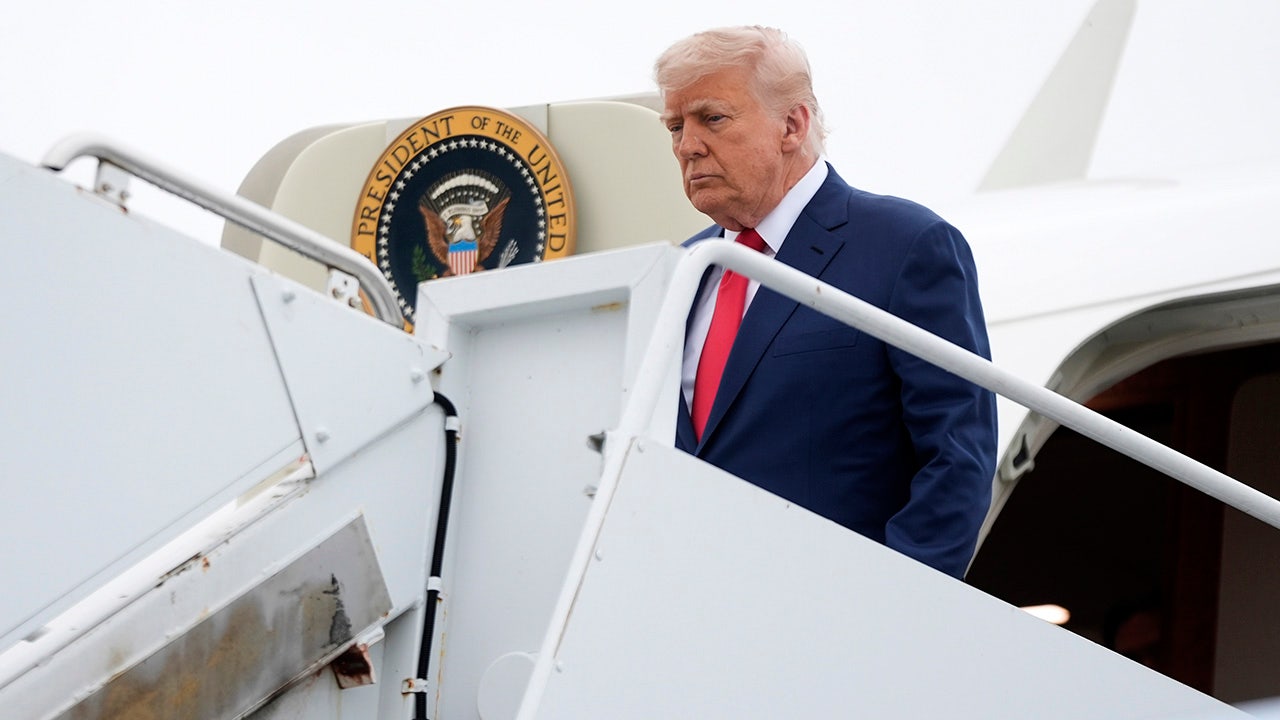While California Army National Guard troops handle lawless protests sparked by legal immigration enforcement, the California Air National Guard faces a far more dangerous vulnerability — one that demands immediate attention from Defense Secretary Pete Hegseth.
It’s time to remember January 12, 1981. That day, Puerto Rican independence militants breached Muñoz Marin International Airport in Carolina, cut through the fence, and destroyed nearly $50 million worth of A-7 Corsair and F-104 Starfighter jets. Adjusted for inflation, that’s $162 million. Boom! Gone just like that.
Security forces could stop ground-based attacks, sure. But drones? Not a chance.
Jump ahead four decades to Los Angeles, where supposedly “spontaneous” mass protests feature factory-made signs in English and Spanish, freshly printed six-foot Mexican flags, and crowds of anonymous demonstrators. No IDs. No accountability.
Where does the funding for these instant flash mobs originate? According to a dynamite report by Jennifer Van Laar at Red State, much of the money appears to come from our own tax dollars! But let’s not rule out the Mexican cartels whose trafficking and smuggling operations Trump’s policies have severely disrupted. If so, what’s to stop them — or their proxies — from lashing out at the National Guard next?
What’s to prevent a replay of the Macheteros’ sabotage in 1981 — or something far worse?
Soft target in plain sight
Consider Moffett Field near Palo Alto. One side of its perimeter sits flush against Highway 101. Any outsider with a drone and a grudge has a clear shot.
Air Guard security might intercept intruders with enough warning. But drones don’t need to sneak past a gate. They can launch from a public park and cross 200 yards in seconds. For $500 and a payload of cheap explosives, a first-person-view drone could obliterate a $77 million HC-130J.
No active defense exists for drone attacks in densely populated urban areas. The U.S. Air Force knows this. Just ask about the 17-day drone overflight in 2023 — uninterrupted, unchallenged, and deeply embarrassing.
Federal law restricts counter-drone actions except over designated “sensitive” areas. But what happens if a missile interception sends debris raining onto adjacent neighborhoods? What if an electromagnetic pulse knocks out every pacemaker, microwave, and computer within a mile?
Wide open in Fresno, too
At the Air National Guard base in Fresno, things look just as bad. F-15s sit beneath open-sided shelters only 75 yards from the highway.
Security forces could stop ground-based attacks, sure. But drones? Not a chance. The only current defense is a few warning signs nailed to perimeter fences. That’s not security — that’s wishful thinking.
What’s the Air Guard’s plan to intercept drones without endangering civilians across the street? Paintball guns? Slingshots? Hula hoops?
Rethinking drone defense before it’s too late
The solution isn’t to ban drones or launch missiles over neighborhoods. It’s to rethink how to disrupt their precision.
RELATED: Dark thoughts about the New Jersey drones
Photo by SERGEI SUPINSKY/AFP via Getty Images
Drones don’t rely on brute force. They rely on pinpoint accuracy — what the military calls “circular error probable.” In World War II, a B-17 had a CEP of 1,200 feet. Today’s FPV drones, guided by first-person cameras, hit tank hatches with a CEP of just one foot.
That’s the bad news.
The good news? You don’t need to shoot down a drone to neutralize it. You just need to disrupt its accuracy.
Drones are fragile. A baseball bat will shatter one. Their video cameras bloom under bright light. Their inertial sensors lose calibration under unpredictable aerodynamic stress. Their rotors must stay perfectly balanced, or else guidance systems wobble and fail.
By attacking the CEP instead of the drone itself, the Air Guard can protect its assets without risking civilian casualties.
Cheap insurance, massive payoff
Practical countermeasures exist — right now, off the shelf. Iso-luminescent light sources. Targeted atmospheric aerosols. Forced inertial failures. Even decoys.
These aren’t billion-dollar Pentagon programs. They’re cheap insurance policies against an increasingly likely airborne threat.
If protest organizers or cartel affiliates can rent drones and buy fireworks, what’s stopping them from mounting small explosive charges? Nothing — unless the Air Guard rethinks its strategy.
Failing to prepare for the next wave of attacks is no longer an option. If the military won’t defend its own runways, someone else will take the shot.
Read the full article here







![Dem Lawmakers ‘Resist’ Trump Message Could Face Military Review Trump Says [WATCH] Dem Lawmakers ‘Resist’ Trump Message Could Face Military Review Trump Says [WATCH]](https://www.lifezette.com/wp-content/uploads/2025/09/2025.09.11-09.50-lifezette-68c29b80950eb.jpg)



![Trump Makes Major Move Against Minnesota Somalis in Wake of Massive Fraud Scandal [WATCH] Trump Makes Major Move Against Minnesota Somalis in Wake of Massive Fraud Scandal [WATCH]](https://www.lifezette.com/wp-content/uploads/2025/11/2025.11.22-01.09-lifezette-6921b6030b5f7.jpg)
